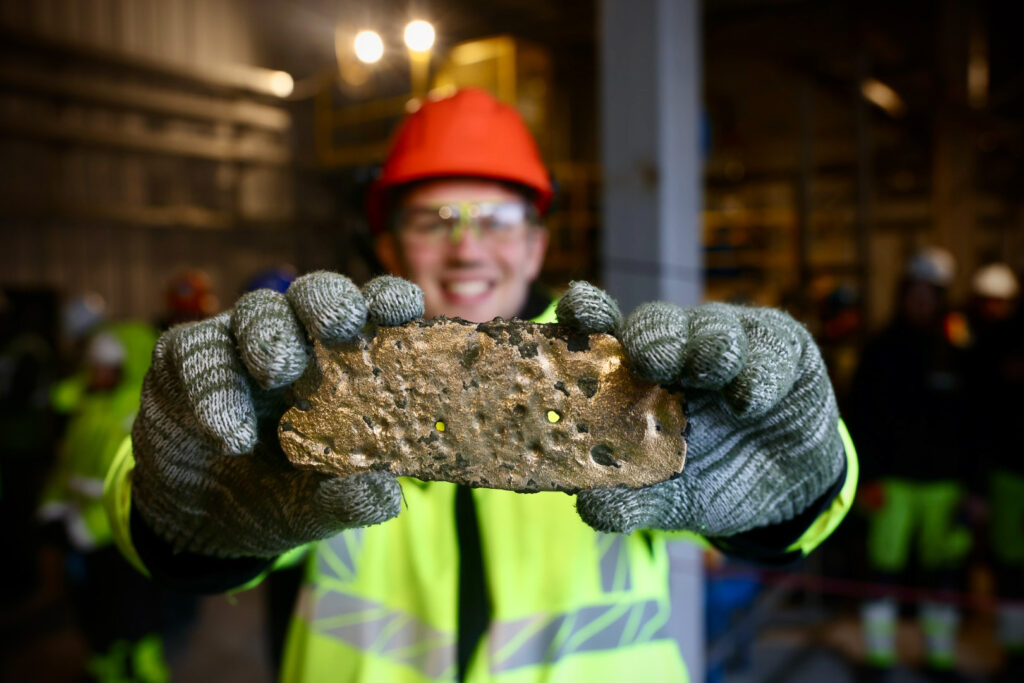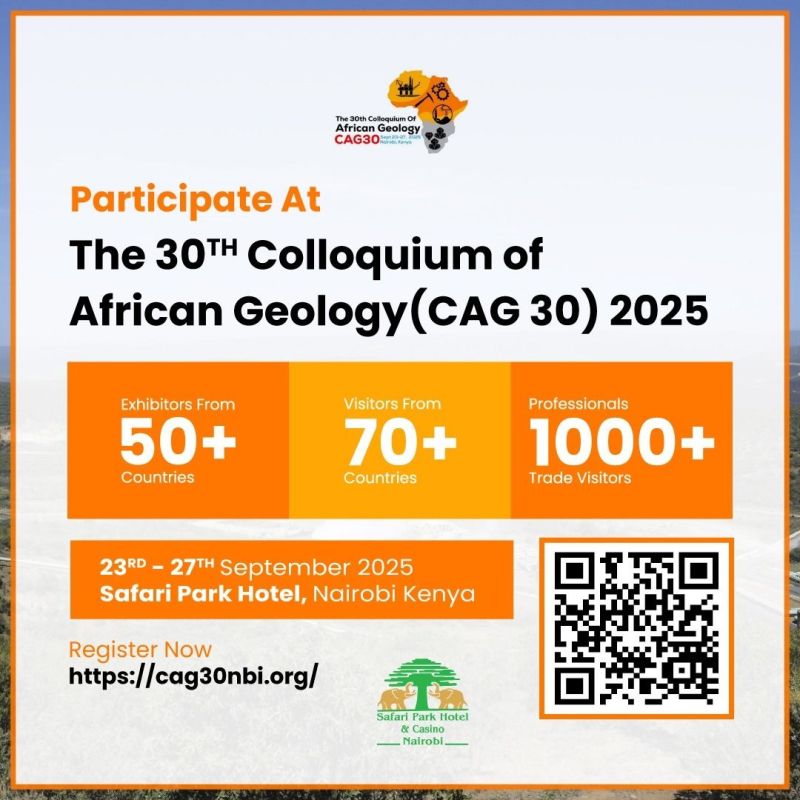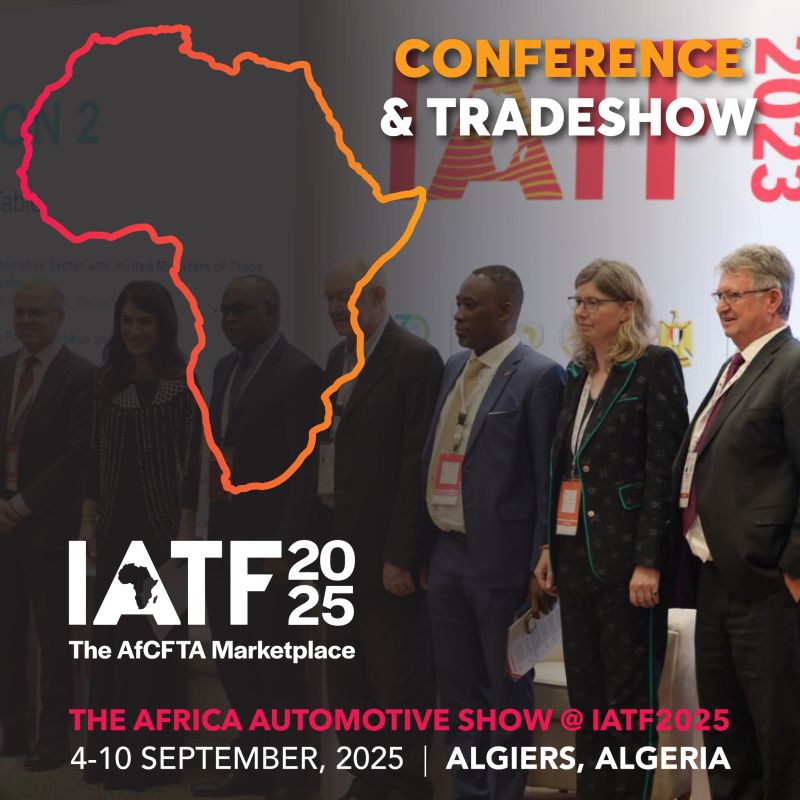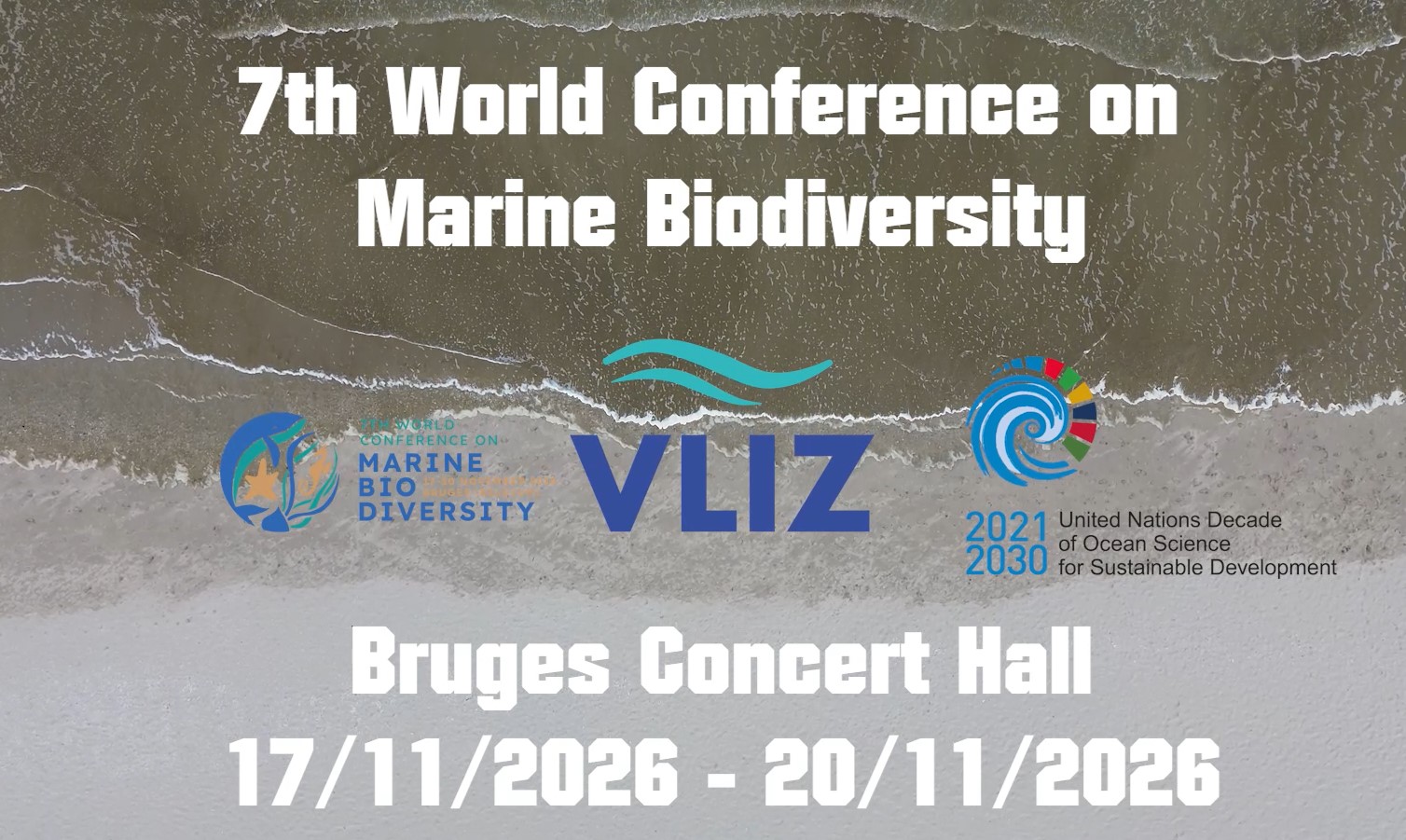In a major breakthrough for Europe’s critical minerals and battery manufacturing ambitions, Talga Group (ASX: TLG) has officially cleared the final regulatory obstacle for its Nunasvaara South graphite mine in northern Sweden. The Swedish government this week dismissed all remaining appeals against the project’s exploitation concession, bringing a years-long legal and environmental journey to a definitive close.
The decision allows Talga to proceed with the full development of its integrated Vittangi anode project, a flagship initiative that combines the now fully approved graphite mine with the company’s previously permitted Luleå anode refinery.
“This milestone validates years of dedication,” said Mark Thompson, Talga’s founder and managing director. “We are now perfectly positioned to accelerate our European graphite strategy and support the continent’s energy transition.”
Sweden’s Strategic Role in the Green Transition
The Nunasvaara South graphite deposit is critical to Europe’s effort to localize battery supply chains and reduce dependence on foreign critical minerals. Speaking on the development, Sweden’s Minister of Energy, Business and Industry, Ebba Busch, reinforced the country’s geopolitical importance in the minerals sector.
“Sweden has unique opportunities to be and remain a strong player in global mineral politics,” she said. “The graphite Talga plans to produce is a key material in battery manufacturing and the green transition to a fossil-fuel free society.”
Talga’s graphite is designed for use in electric vehicle (EV) batteries and energy storage systems—two sectors at the heart of Europe’s clean energy agenda. The company’s vertically integrated model enables it to mine, process, and refine graphite domestically, reducing the carbon footprint and geopolitical risk of battery production.
Regulatory Road: From Resistance to Resolution
Talga’s journey to this point has not been smooth. The company first secured its environmental and Natura 2000 permits in April 2023, only to face immediate legal challenges from environmental groups. Although Sweden’s Land and Environment Court of Appeal dismissed these appeals by August 2023, the opposition escalated the matter to the Supreme Court, which in October 2024 declined to hear the case—effectively upholding Talga’s permits.
A separate appeal against the exploitation permit surfaced in December 2024, landing in the hands of the Ministry of Climate and Enterprise, which has now officially dismissed the case.
Market Reaction and EU Endorsement
News of the approval triggered an immediate and positive market reaction. Talga’s stock jumped 20% to A$0.48, pushing its market capitalization to A$216 million (~$140 million USD).
Investor enthusiasm is grounded in more than just regulatory relief. Talga’s project has also garnered strong support from the European Union, receiving a €70 million ($197 million) grant from the EU Innovation Fund and strategic recognition under both the Critical Raw Materials Act and the Net-Zero Industry Act.
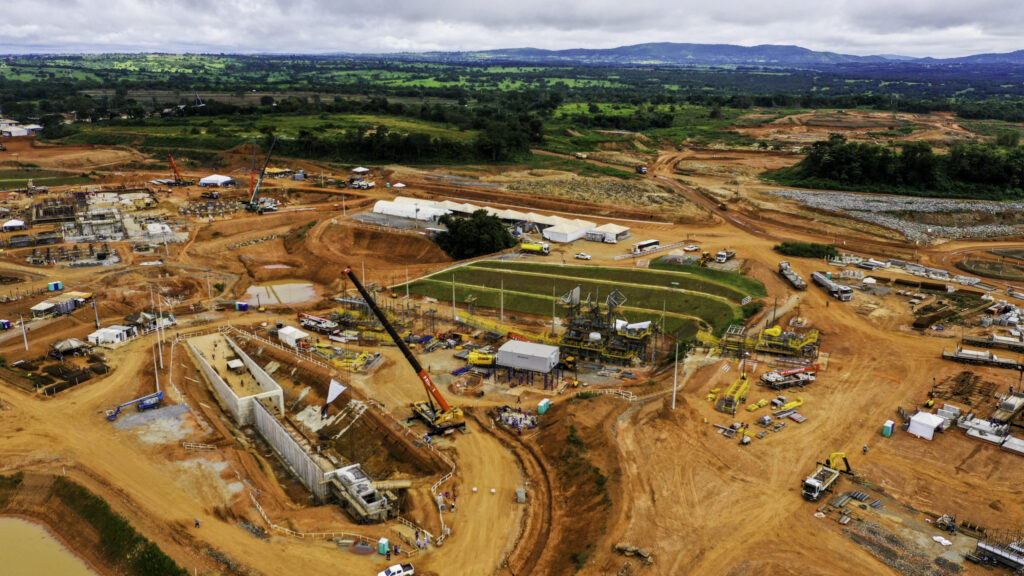
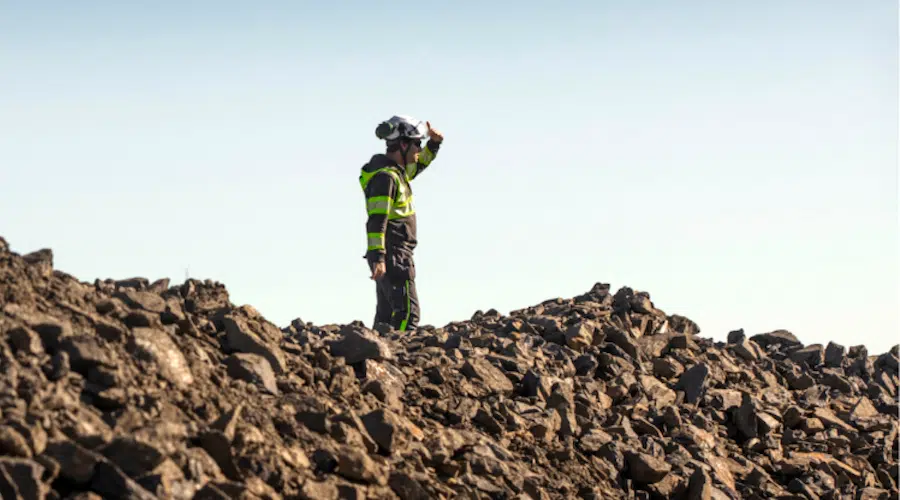
With these layers of institutional and regulatory backing, Talga is now positioned as a linchpin in the EU’s drive to secure battery materials.
A Graphite Boom on the Horizon
Demand for graphite anodes in the EU is expected to skyrocket from 30,000 tonnes in 2023 to over 500,000 tonnes by 2030—a 12-fold increase. China currently accounts for 84% of global graphite processing capacity, leaving Europe highly exposed to supply shocks and trade imbalances.
Talga’s domestic production provides a solution. Each 10,000 tonnes of European-made graphite is projected to reduce EU dependency on foreign critical minerals by 7%. In that sense, Talga’s success is more than a business win—it’s a strategic leap for European autonomy and energy resilience.
Looking Forward
With all regulatory hurdles cleared and market momentum on its side, Talga can now begin construction and production with full force. The Vittangi project stands not only as a commercial endeavor but as a symbol of how innovation, persistence, and policy alignment can redefine the global supply chain.
As Europe scales up its gigafactory capacity and pursues net-zero targets, projects like Talga’s are lighting the path to a cleaner, sovereign, and more secure energy future.


